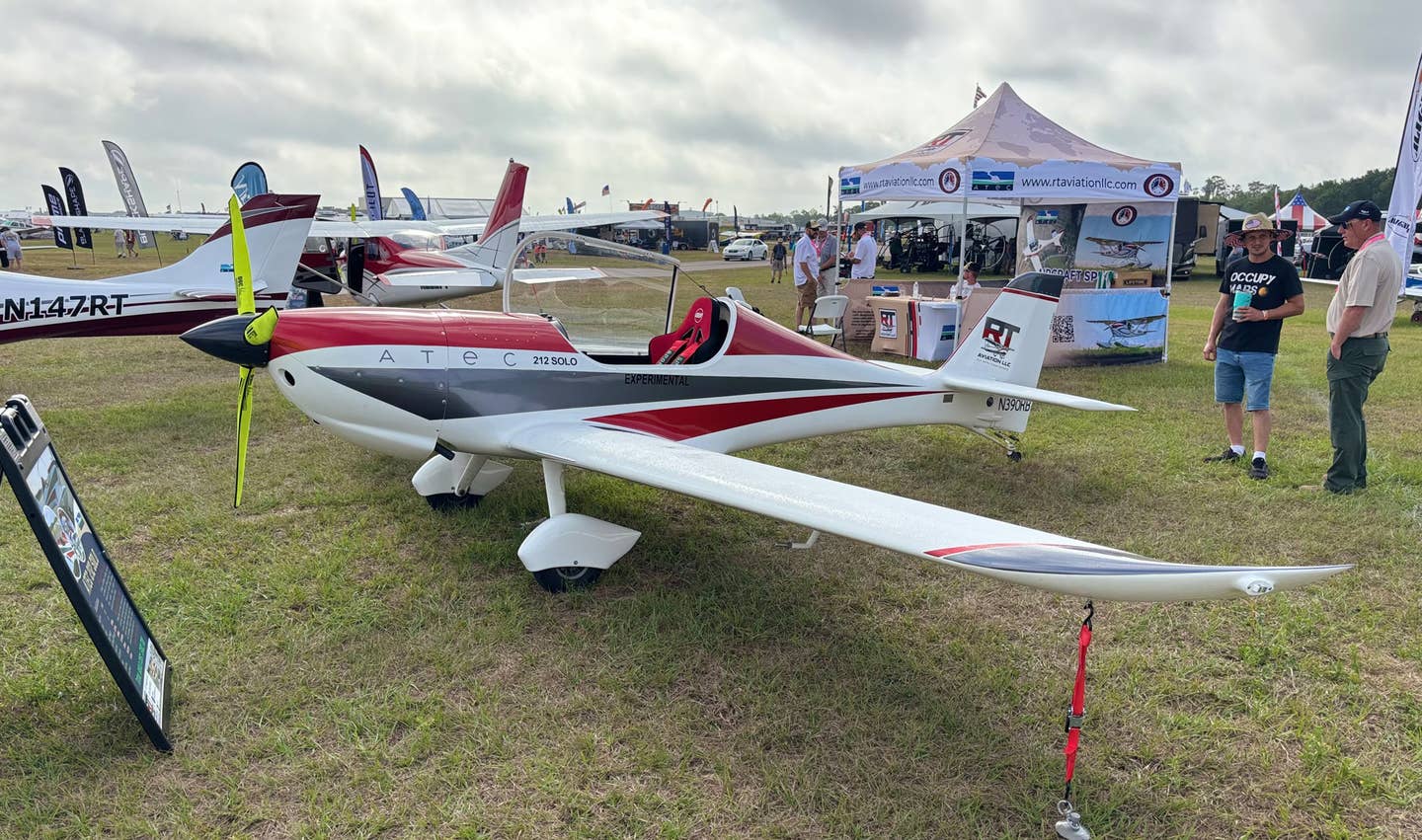The First X Plane: Wright Model R
The speedy flyer, nicknamed Baby Grand, was early aviation science in action.

The Wright Brothers’ Baby Grand shows how aware the brothers were of their designs’ shortcomings.
From the 1940s to the 1960s, the headlines were full of the exploits of the test pilots and the famous X planes. From the Bell X-1 and the North American X-15 to the North American XB 70, these planes were designed to fly faster, higher and farther. And their pilots---Chuck Yeager, Scott Crossfield, Neil Armstrong---became household names. The same could be said of the air racers of the 1930s---Roscoe Turner, Jimmy Doolittle, Louise Thaden---and their magnificent machines, such as the Gee Bee R1 and the Travel Air Mystery Ship. Yet this lust for speed, altitude, distance and heroes did not start here. In 1909, just six short years after their first flight, the Wright Brothers created what was arguably the first X plane, the Wright Model R Baby Grand.
Six years after Kitty Hawk, the Wright brothers began producing their first commercial aircraft. The Wright Model B was a civil version of the original Wright Flyer. It carried both pilot and passenger, retained wing-warping as its primary control, and was powered by a 30-horsepower four-cylinder Wright engine. The Model B measured an ample 39 feet by 29 feet by 8 feet tall.
However, the Wrights decided that the Model B simply did not possess the performance required to set the speed and altitude records that captured the public's imagination. Thus was born the first X Plane, the Wright Model R Baby Grand. Like many Wright planes to follow, the Wright Model R was a smaller, lighter and more powerful variant of the Model B. It weighed in at a svelte 585 pounds vs. the Model B's 800. The Model R boasted a single seat, a 26.5-foot wingspan, a 24-foot length and a 6-foot, 10-inch height. Only two were constructed, with the second aircraft an even more extensively modified version of the Model R, dubbed the Baby Grand. It boasted an even more extreme 21-foot wingspan and 60 horsepower V8 engine, doubling the power of the Model B.
In order to sell the public on the capabilities of the Model B, the Wrights, at the suggestion of balloonist Augustus Knabenshue, created the "Wright Exhibition Team." These daredevil pilots, including Arch Hoxley, Ralph Johnstone, Philip Parmelee and several others, became household names. Covered breathlessly by the papers of the time, they set record after record at the air meets of the day. In the hands of these talented young men, the Baby Grand was the "hot ship" of the day, in competition with the finest aircraft from England and France.
A Wright Company brochure of the time boasts of the following records. On July 9, 2010, pilot Walter Brookins achieved an altitude of 6,175 feet in Atlantic City, New Jersey. Not to be outdone, Johnstone climbed to a dizzying 9,714 feet over the Belmont Park racetrack in New York just three short months later. The Baby Grand could achieve a blindingly fast---well, for the time, at least---straight-line speed of well over 70 miles per hour, and the team became famous for its tight turns and maneuvers. The Baby Grand placed third in the 1911 Gordon Bennett Trophy race, despite having to make a one-hour stop due to engine problems. The team went on to set speed, endurance and distance records rather routinely, with flights of over three hours and 11 minutes and over 101 miles.
However, then as later, pushing the envelope exacted a deadly price. The loss of nearly half of the Wright Exhibition Team's pilots during the 1910 and 1911 season spelled the end of the team and the Model R along with it. The Baby Grand began the endless desire to build aircraft that could fly faster, higher and farther than any before them. PP

Subscribe to Our Newsletter
Get the latest Plane & Pilot Magazine stories delivered directly to your inbox






